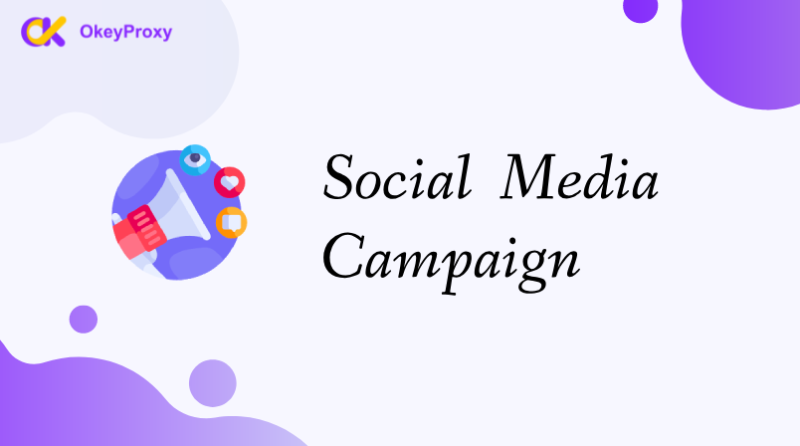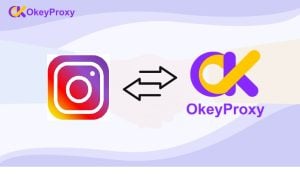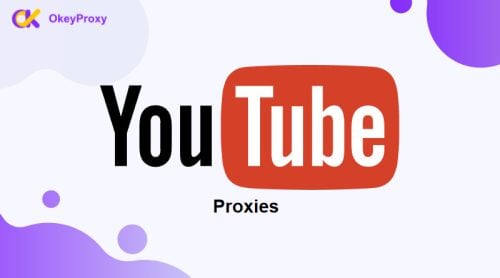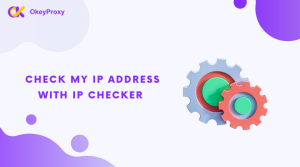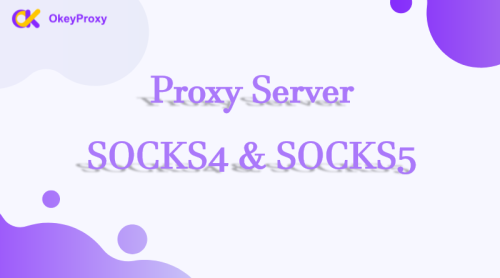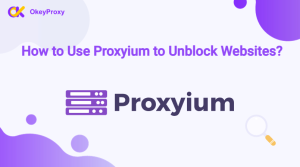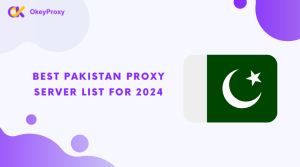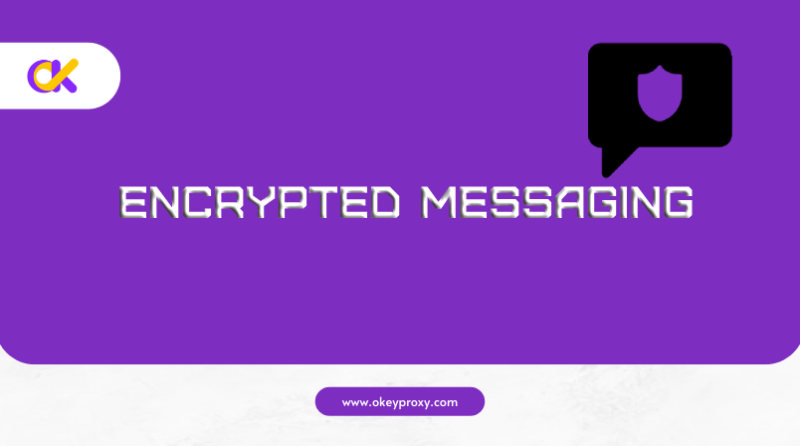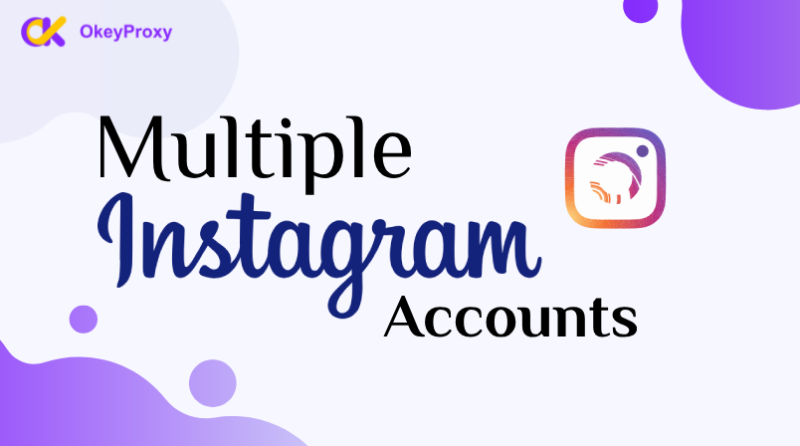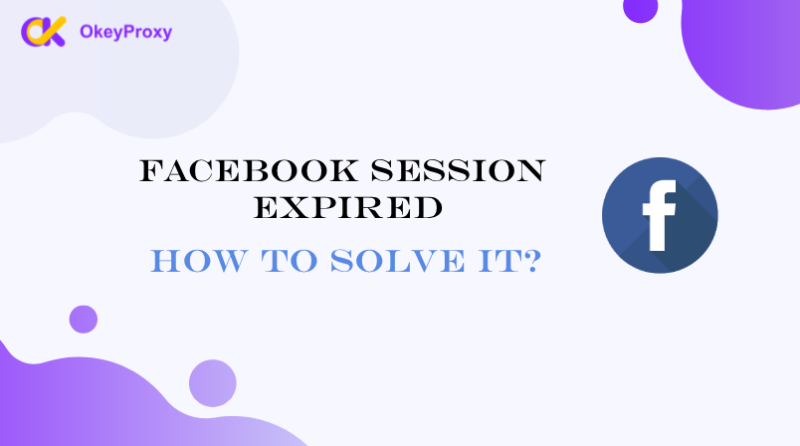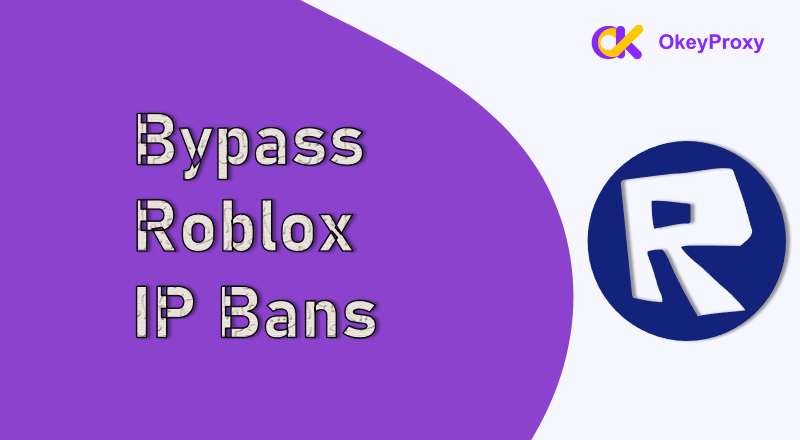Social media has become a powerful tool today, playing a crucial role in marketing and brand awareness. Businesses, influencers, and organizations use well-planned social media campaigns to reach their target audience, promote products, and engage with customers. But what is a social media campaign, and how do you create an effective one?
What Is a Social Media Campaign?
A social media campaign is a marketing strategy that uses platforms like Facebook, Instagram, Twitter (X), TikTok, and LinkedIn to promote a brand, product, or service. It involves carefully crafted content, engagement strategies, and performance tracking to achieve specific business goals.
There are Key Features of a Social Media Campaign:
✅ Defined Goals: The campaign has a clear objective, such as increasing brand awareness, generating leads, or boosting sales.
✅ Consistent Messaging: The branding, tone, and content are aligned across all posts.
✅ Target Audience: The campaign focuses on a specific group of users.
✅ Planned Content: Posts, videos, and ads are scheduled and optimized for engagement.
✅ Measurable Results: The success of the campaign is tracked using metrics like impressions, clicks, and conversions.
Social Media Campaigns Examples:
-
Nike’s #JustDoIt – Motivational stories and user-generated content boosted brand loyalty.
-
Spotify Wrapped – A personalized year-in-review campaign that encouraged sharing.
-
ALS Ice Bucket Challenge – A viral challenge that raised awareness and donations.
-
Coca-Cola’s #ShareACoke – A personalized bottle campaign that encouraged sharing.
Types of Social Media Campaigns
Different campaigns serve different purposes. Here are the most common types:
1. Awareness Campaigns
Goal: Increase brand visibility and recognition.
Example: Coca-Cola’s #ShareACoke campaign encouraged users to share personalized Coke bottles on social media.
2. Engagement Campaigns
Goal: Encourage likes, shares, and comments.
Example: Starbucks’ seasonal campaigns invite customers to share their holiday-themed coffee cups.
3. Lead Generation Campaigns
Goal: Collect customer information for future marketing.
Example: A business offering a free eBook in exchange for an email subscription.
4. Sales & Promotion Campaigns
Goal: Drive sales through discounts and special offers.
Example: Amazon’s Prime Day campaign promotes exclusive deals for Prime members.
5. User-Generated Content (UGC) Campaigns
Goal: Get customers to create and share content featuring the brand.
Example: Apple’s #ShotOniPhone campaign encouraged users to post photos taken on iPhones.
6. Hashtag Campaigns
Goal: Encourage users to use a branded hashtag to spread awareness.
Example: Red Bull’s #GivesYouWings campaign featured extreme sports and adventure content.
How to Create a Social Media Campaign Successfully
Step 1: Define Your Goals
Before launching your campaign, decide on your main goal: Increasing brand awareness, boosting engagement, generating leads, driving sales, etc.
Step 2: Identify Your Target Audience
Research your audience’s demographics, interests, and social media habits to tailor your campaign accordingly.
Step 3: Choose the Right Platforms
Different platforms work best for different types of campaigns, those are popular options for social media campaign:
-
Facebook & Instagram – Ideal for B2C brands, visual content, and paid ads.
-
Twitter (X) – Suitable for real-time engagement, news updates and trending conversations.
-
LinkedIn – Best for professional networking and B2B marketing.
-
TikTok – Effective for short-form viral videos and younger audiences.
-
Pinterest – Great for lifestyle, fashion, and DIY content.
Step 4: Plan High-Quality Content
1. Use eye-catching visuals, engaging videos, and well-written captions.
2. Include interactive elements like polls, Q&A sessions, quizzes, and challenges.
3. Add strong CTAs (calls to action) to encourage user participation.
Step 5: OkeyProxy for Performance Optimization
Managing multiple accounts for social media platforms and running campaigns in different regions can be challenging. Businesses and influencers use residential proxy service to streamline their social media marketing strategies, which can help:
-
Bypass Restrictions & IP Blocks – Avoid bans when managing multiple accounts.
-
Access Global Audiences – Run campaigns in different locations without geo-blocks.
-
Improve Security & Privacy – Protect your accounts from hacking attempts.
-
Access Geo-Restricted Content – View regional campaigns, hashtags, and trends.
-
Test Ads from Different Regions – Check localized ads and optimize targeting strategies.
For example, if your business wants to test Facebook ads in the U.S. and Europe, OkeyProxy lets you simulate access from both locations without being flagged.
Related Information: How to analyze paid ad performance with proxy
Step 6: Schedule & Automate Posts
Use scheduling tools like Buffer, Hootsuite, or Meta Business Suite to post content at peak engagement times when your audience is most active.
Step 7: Monitor & Analyze Campaign
Track key performance metrics:
-
Engagement rate – Likes, comments, shares.
-
Click-through rate (CTR) – How many users clicked on your links.
-
Conversion rate – Sales or sign-ups generated from the campaign.
Analyze results and insights to improve and adjust future campaigns and strategies.
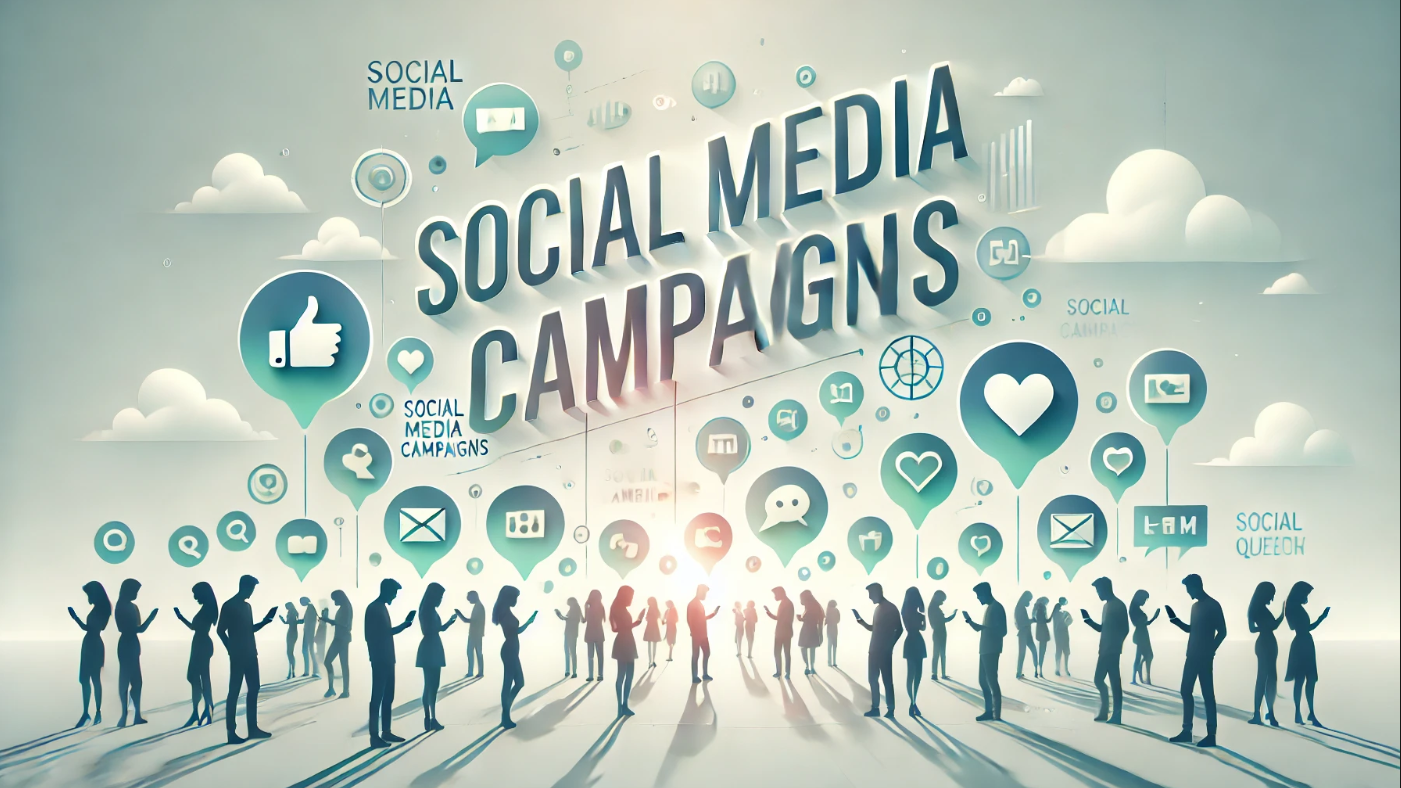
FAQs about Social Media Campaign
The duration depends on the campaign objective. Short-term campaigns (1-4 weeks) work well for promotions, while long-term campaigns (3-6 months) are better for brand awareness and audience building.
Consider these factors when selecting a proxy:
-
Residential vs. Datacenter Proxy: Residential proxies are more stable and harder to detect, while proxy per centri dati are cheaper but more likely to be blocked.
-
Dedicated vs. Shared Proxy: Dedicated proxies offer better security and performance, whereas shared proxies are more affordable but slower.
-
Server location: Choose proxies in your target market (e.g., U.S. proxies for American audiences).
-
Speed and reliability: Low-quality proxies can cause login issues or account verifications.
1. Targeting different markets
Test social media campaigns performance in various regions based on location.
2. Running A/B tests
Analyze social media campaign effectiveness and engagement by using different IPs for different ad versions.
3. Avoiding account bans
If an ad account gets suspended, get a fresh IP to create a new accounts. (Want to refresh IP addresses as needed? It’s not difficult.)
Conclusione
A social media campaign is a powerful tool for businesses to engage with audiences, increase visibility, and drive sales. Whether you’re running a small business or a large corporation, a well-planned campaign can make a big difference.
By following this guide, you can create a successful and engaging social media campaign that reaches the right audience and delivers real results. Besides, by leveraging tool, OkeyProxy, marketers can manage multiple accounts securely, bypass geo-restrictions, and optimize ad performance.
Start planning your next social media campaign? Provate OkeyProxy oggi stesso to supercharge your social media campaigns and maximize results! 🚀

